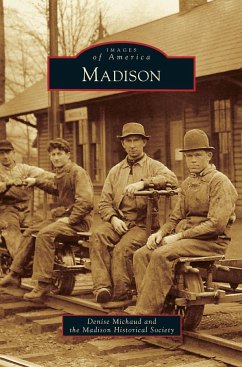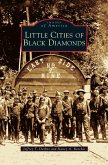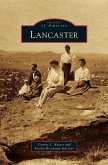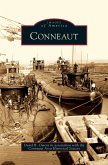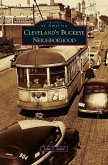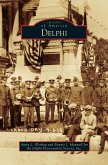Carved from the Connecticut Western Reserve, Madison Township was formally organized in 1811. Lake Erie, the Grand River, and fertile land attracted New England settlers arriving by foot and oxcart. They cleared wooded land to make way for farms and survived Ohio winters in log homes. The discovery of bog iron created a boomtown near the mouth of Arcola Creek. Astute businessmen built smelting furnaces and ships. But when the iron pits were exhausted, both industries disappeared and so did the boomtown. Fertile land remained to support farms, and later a modern landscape nursery industry arose. In the 1920s, the Lake Erie shore was again discovered--this time by land developers and summer vacationers. Over the past 200 years, Madison's families built businesses, beautiful homes, schools, and churches. They left a historic legacy that remains to be enjoyed today.
Hinweis: Dieser Artikel kann nur an eine deutsche Lieferadresse ausgeliefert werden.
Hinweis: Dieser Artikel kann nur an eine deutsche Lieferadresse ausgeliefert werden.

